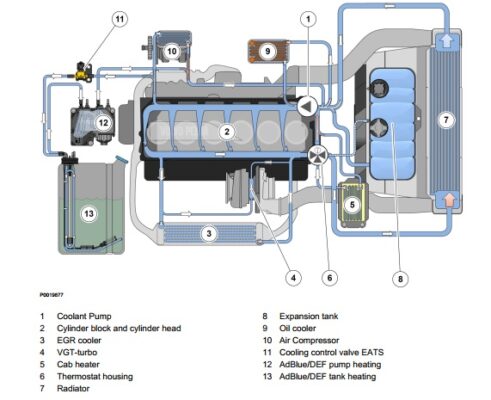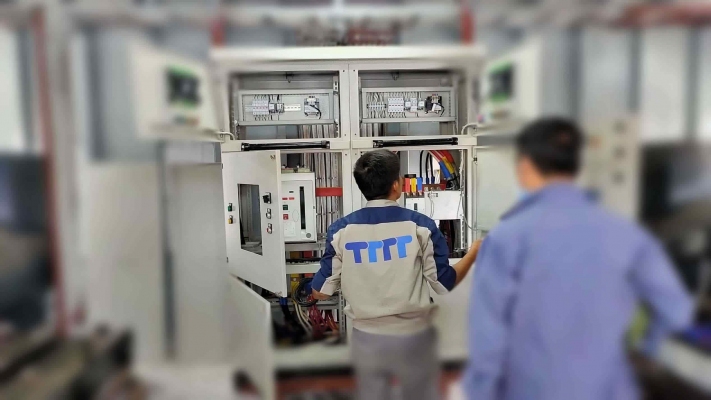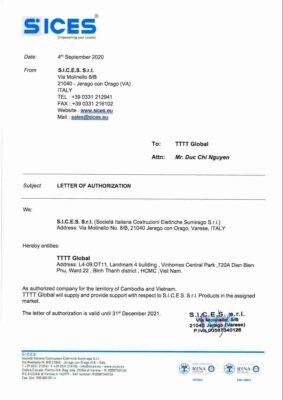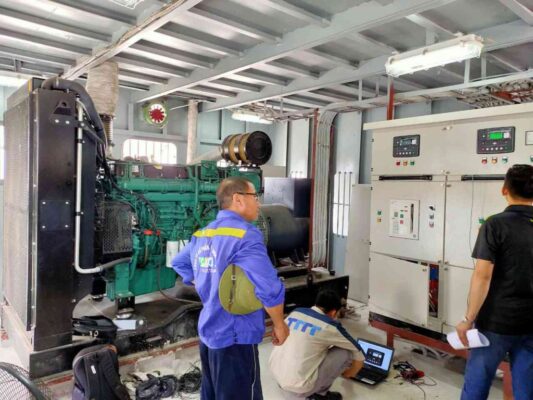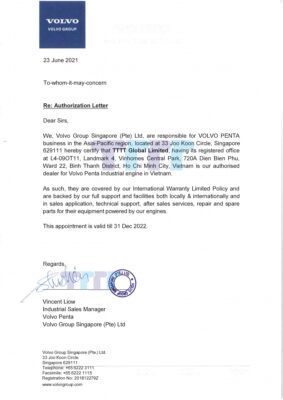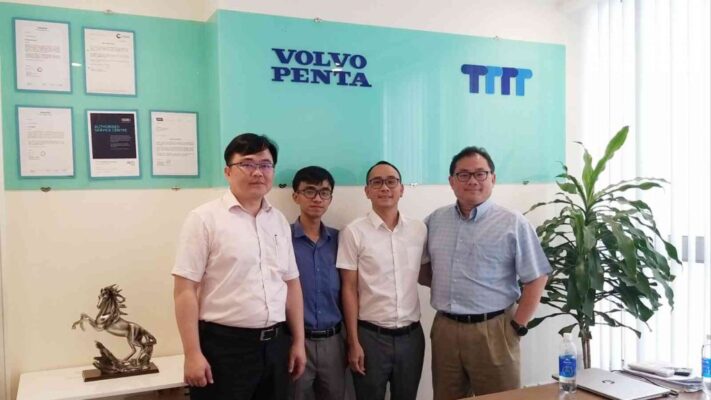In today’s electronic circuits, electronic components such as capacitors, resistors, coils, diodes (diodes) are no longer strange to everyone. In addition to those electronic components, there is also an important component, the transistor. Transistor is a very important electronic component in electrical circuits that has many different applications. Today TTTT Global helps you learn what is transistor and uses of transistors in electrical circuits.
| You may be interested in the following articles:
|
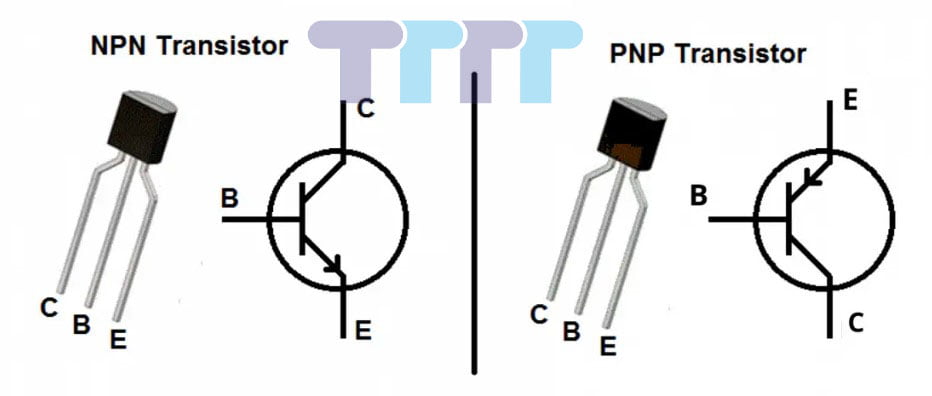
Contents
Transistor for what?
What is transistor TTTT? Transistor is a type of active electronic components different from passive electronic components such as capacitors, resistors, coils. Transistor is often used as an amplifier or electronic key element in electrical circuits, often used for many different applications of different circuits.
Transistor for what? Transistor is in the basic unit of a circuit structure in electronic computers and all other modern electronic devices. Transistors are capable of meeting fast and accurate application requirements in a variety of analog and digital applications such as amplification, switching, voltage regulation, signal control, and oscillators.
Learn the deepsea controller.
Transistor is a semiconductor device with what?
Transistor is a semiconductor device with what?
Transistor is a semiconductor device with two types of junction layers: P layer and N layer, with three poles: Bazo (B), Colecto (C), Emitter (E) whose main use is to amplify signals and components. Semiconductors or semiconductor magnetic parts are electronic devices that exploit the electronic properties of semiconductors.
Semiconductor devices or semiconductor elements are electronic components that exploit the electronic properties of semiconductor materials such as Silicon, Germanium, Arsenide gallium as well as organic semiconductors. Semiconductor devices use solid-state electronic conduction, as opposed to the high-vacuum emission of heat or gas in electronic transmission states such as vacuum electron tubes.
3Classification and construction of transistors
The structure of the transistor consists of three semiconductor layers joined together in the shape of a 2-layer N-P junction bar. Three semiconductor layers will be connected into three poles, in which the base pole with symbol B is very thin and has a low concentration of impurities. The other two layers, E and C, are the same type of semiconductor but the size and concentration of impurities.
Transistor includes two types including:
- P-N junction is PNP called forward transistor.
- The P-N junction is the NPN known as the reverse transistor.
Principle of operation of transistors

The principle of operation of the transistor is very simple as follows: When there is a DC voltage applied to the base voltage pin, the remaining two pins Colecto and Emitter will be connected to conduct electricity.
When the switch is closed, each PN connection is forward biased, current flows from the source anode from B to E through the switch, through the current limiting resistor then through the BE junction and the negative terminal forming current IB. Because the P semiconductor layer at the pole B is very thin, the doping concentration should be greater than the number of holes from the N semiconductor layer of the E pole to pass the junction to the P semiconductor layer of the B pole. so many. A small part of those electrons will replace the hole to form the current IB. Under the effect of voltage from C to E, most of the electrons will be attracted to the C pole. When the IB line appears, the IC current also flows through the CE junction and makes the light bulb glow. This proves that the IC depends entirely on the current IB.
See more: TAD532GE
See more: TAD731GE
Company name:
TTTT GLOBAL co Ltd,.
Address: Landmark 4 Building, Vinhomes Central Park, 720A Dien Bien Phu Str, Ward 22, Binh Thanh District, Ho Chi Minh City, Vietnam.
Website: https://ttttglobal.com/en/
Hotline: +84286 2728 334
Email: Info@ttttglobal.com
CATEGORY: TECHNICAL QUESTIONS AND ANSWERS


